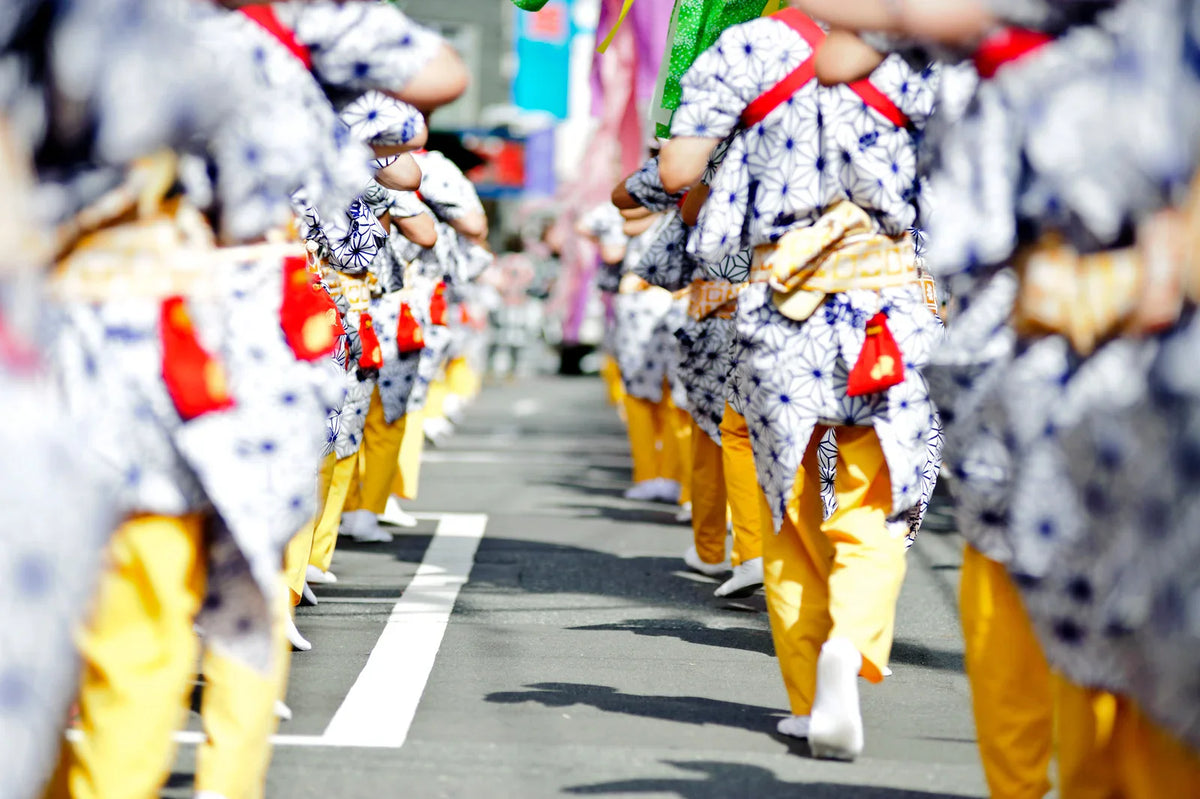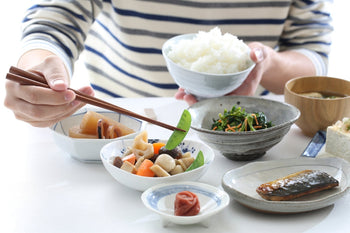

Introduction
The Tradition of Bon Odori
The origins of Bon Odori can be traced back to the Buddhist custom of Obon, a time dedicated to honoring the spirits of ancestors. Traditionally held during the summer months, Obon is marked by rituals that invite the spirits of the dead to visit the living. Central to these rituals is Bon Odori, a dance performed to welcome and entertain the spirits. Initially, these dances were simple and varied across regions, reflecting local customs and traditions. Over time, Bon Odori has evolved into a grand festival, blending folklore, spirituality, and community, yet it remains a poignant reminder of Japan's deep reverence for ancestry.
The evolution of Bon Odori has seen it transform from a solemn religious observance to an inclusive and joyous celebration. This shift reflects Japan's dynamic cultural landscape, where ancient traditions harmonize with modernity. The dance itself varies widely from region to region, with each area infusing its own unique style and music into the performance. Whether it's the graceful movements of Tokyo's dances or the lively steps found in rural villages, each variation tells a story of its own, preserving the unique cultural heritage of its locale.
Bon Odori's significance extends beyond its spiritual roots, as it also serves as a communal event that fosters unity and connection. During the festival, communities gather in public spaces, transforming them into vibrant arenas of music, dance, and laughter. Families, friends, and strangers alike join hands and dance in circles, symbolizing the cyclical nature of life and the enduring bonds between the living and the departed. This spirit of togetherness is at the heart of Bon Odori, making it a cherished event that continues to bring people together.
The Dance of Joy
The essence of Bon Odori lies in its joyful and inclusive dances, which are both a tribute to ancestors and a celebration of life. Each dance is unique, characterized by its distinct rhythm, choreography, and attire. Some dances are performed with fans or towels, while others involve clapping or stamping. The variety of dance styles reflects Japan's diverse cultural tapestry and the festival's adaptability to different regions and communities.
One of the most iconic elements of Bon Odori is the yukata, a traditional summer kimono worn by dancers and spectators alike. The yukata adds a layer of elegance to the festival, with its colorful designs and flowing fabric enhancing the beauty of the dance. The sight of hundreds of dancers moving in unison, clad in vibrant yukatas, is a mesmerizing spectacle that captures the imagination and embodies the festival's joyous spirit.
The music accompanying the dances is equally important, with traditional instruments such as taiko drums and flutes providing a rhythmic backdrop. The songs often tell stories of local legends, seasonal changes, or historical events, adding depth and meaning to the performance. This combination of dance, music, and storytelling creates an immersive experience that transports participants and spectators alike into the world of Bon Odori.
Traditional Food and Desserts
No festival is complete without its culinary delights, and Bon Odori is no exception. The festival is a gastronomic feast, showcasing a variety of traditional Japanese foods and sweets that tantalize the taste buds and enrich the cultural experience. Among the most popular dishes are yakitori (grilled chicken skewers), takoyaki (octopus balls), and yakisoba (fried noodles), each offering a delicious taste of Japan's street food scene.
Desserts play a special role in Bon Odori, with sweet treats adding a delightful touch to the festivities. One such dessert is kakigori, a shaved ice treat flavored with syrup and condensed milk, perfect for cooling off during the summer heat. Another favorite is taiyaki, a fish-shaped cake filled with sweet red bean paste that captures the festival's playful spirit. These desserts not only satisfy the palate but also provide a sensory connection to the festival's festive atmosphere.
The cultural significance of these foods extends beyond their flavors; they are a reflection of Japan's culinary heritage and its ability to bring people together. Sharing a meal or a sweet treat at Bon Odori fosters a sense of community and connection, echoing the festival's themes of unity and togetherness. For visitors, sampling these traditional dishes is a delicious way to engage with the culture and make lasting memories.
Celebrating Bon Odori Today
In modern times, Bon Odori has transcended its traditional boundaries, evolving into a global celebration that captivates audiences worldwide. While the festival's core traditions remain intact, contemporary iterations of Bon Odori often incorporate modern music, dance styles, and cultural influences, reflecting the dynamic nature of Japanese culture. This evolution has allowed Bon Odori to resonate with new generations while maintaining its cultural significance.
In Japan, Bon Odori is celebrated with great enthusiasm, drawing participants from all walks of life. Major cities like Tokyo and Osaka host grand festivals in parks and public spaces, while smaller towns and villages hold more intimate gatherings that showcase their unique local customs. These celebrations often include parades, fireworks, and live performances, creating a festive atmosphere that attracts both locals and tourists.
Beyond Japan's borders, Bon Odori has gained popularity in countries with significant Japanese communities, such as the United States, Brazil, and Australia. These international celebrations offer a taste of Japanese culture, providing an opportunity for cultural exchange and fostering cross-cultural understanding. For Japanese expatriates and descendants, participating in Bon Odori abroad is a way to stay connected to their heritage and share their traditions with others.
Tips for Experiencing Bon Odori
For those eager to experience Bon Odori firsthand, there are several ways to immerse yourself in the festival's vibrant atmosphere. First and foremost, consider visiting Japan during the Obon season, typically held in mid-August. This is when Bon Odori festivals are at their peak, offering numerous opportunities to join in the festivities across the country.
When attending a Bon Odori festival, be sure to wear a yukata if possible. Many festivals offer rental services for those who don't own one, allowing you to fully engage with the cultural experience. Participating in the dances is encouraged, and you don't need to be an expert dancer to join in—simply follow the lead of others and enjoy the moment.
To make the most of your Bon Odori experience, take the time to explore the festival grounds, savor the traditional foods, and engage with fellow participants. This is a chance to learn about Japan's rich cultural heritage and create lasting memories with people from around the world. Whether you're a seasoned traveler or a first-time visitor, Bon Odori promises an unforgettable cultural adventure.
Conclusion
Bon Odori stands as a testament to the enduring legacy of Japan's cultural heritage, a harmonious blend of tradition, community, and joy. This ancestral festival has captivated generations with its vibrant dances, delightful foods, and profound significance, serving as a bridge between the past and the present. For those with a passion for Japanese culture, travel, and sweets, Bon Odori offers a unique opportunity to engage with the heart of Japan and its rich traditions.
By participating in Bon Odori, we honor the spirits of our ancestors while celebrating the vibrancy of life. This festival teaches us the value of community, the beauty of cultural diversity, and the power of tradition to bring people together. As we look to the future, Bon Odori will continue to inspire and unite generations, preserving the cultural essence of Japan for years to come.
If you're inspired to explore more about Japanese festivals and culture, I encourage you to share your own experiences with Bon Odori and connect with the vibrant community of enthusiasts. Together, we can celebrate and preserve the rich tapestry of Japanese heritage, one dance step at a time.



